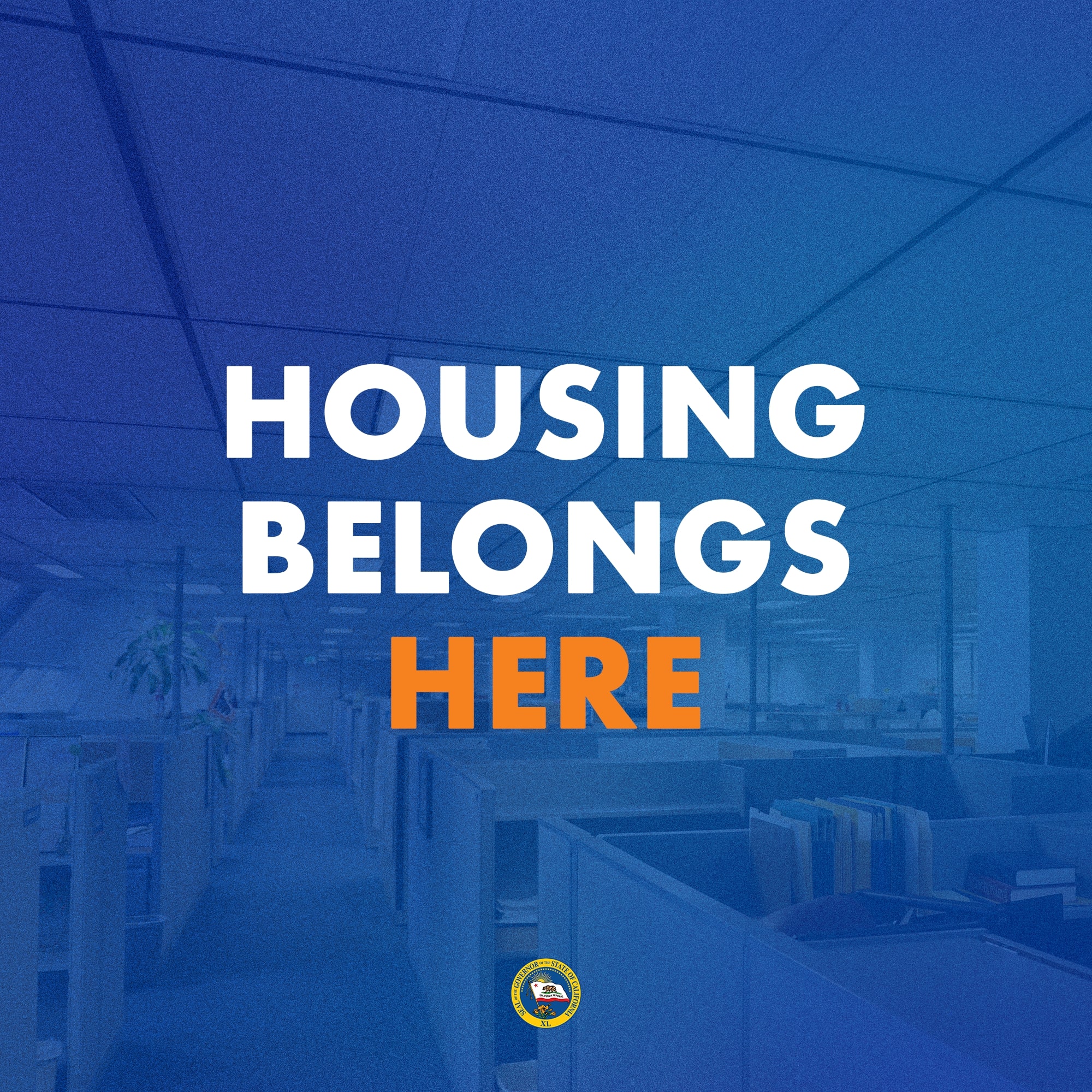Dutch Conversion Of Vacant Office Buildings And Shops Into Homes: Why Is Progress Stalling?

Table of Contents
Bureaucratic Hurdles and Planning Permission Delays
Navigating the complex Dutch planning system is a major bottleneck in the conversion of commercial properties into residential spaces. Strict regulations, lengthy approval processes, and inconsistent application of rules across municipalities significantly delay projects, adding considerable time and cost to already complex undertakings. This creates uncertainty for developers and discourages investment in this vital area of urban regeneration.
-
Lengthy planning permission application times: The application process itself can take many months, even years, depending on the complexity of the project and the responsiveness of local authorities. This delays the project timeline and increases overall costs.
-
Inconsistent interpretation of building codes across municipalities: Variations in how building codes are interpreted across different municipalities create confusion and uncertainty for developers. This inconsistency leads to delays and potentially necessitates costly modifications to meet local requirements.
-
Lack of streamlined processes for conversion projects: The current planning system doesn't always have dedicated pathways for conversion projects, forcing developers to navigate a general process that isn't optimized for their specific needs. This lack of dedicated processes leads to increased complexity and delays.
-
Insufficient resources within local planning authorities: Understaffing and a lack of resources within local planning authorities contribute to slow processing times and increased bureaucratic delays. This often leads to extended waiting periods for approvals.
-
Difficulty obtaining necessary permits (e.g., environmental permits): Securing various permits, including environmental permits, adds further complexity and delays to the process. The required documentation and approvals can be extensive and time-consuming.
Financial Barriers and Investment Challenges
Conversion projects often require substantial upfront investment, frequently exceeding the cost of new builds. This is due to unforeseen structural issues, the need for extensive renovations, and the complexities of adapting existing spaces to meet modern residential standards. Securing financing can prove exceptionally challenging, further hindering progress.
-
High initial investment costs for renovations and adaptations: Unforeseen structural problems, asbestos removal, upgrading outdated systems (plumbing, electrical), and adapting floor plans all contribute to high initial investment costs.
-
Difficulty accessing suitable financing options for conversion projects: Banks and other financial institutions may be hesitant to finance conversion projects due to perceived higher risks and longer timelines compared to new builds. This lack of readily available financing restricts the number of projects that can proceed.
-
Uncertain return on investment due to market fluctuations and potential delays: The combination of high initial investment costs, lengthy planning processes, and potential market fluctuations makes the return on investment uncertain, discouraging developers.
-
Lack of government incentives or subsidies for conversions: The absence of significant government incentives or subsidies specifically targeted at conversion projects makes them less financially attractive compared to new construction.
-
Unclear legal frameworks regarding liability and responsibility for existing building defects: Uncertainties around liability for pre-existing building defects can create hesitation for investors and developers, further hindering investment.
Resistance from Local Communities and Stakeholders
Concerns about noise levels, parking, and the impact on neighborhood character can lead to opposition from local residents and businesses. This resistance can create significant delays, sometimes halting projects entirely, highlighting the importance of proactive community engagement.
-
NIMBYism (Not In My Backyard) sentiment from local residents: Concerns about increased density, potential noise pollution, and changes to the neighborhood's aesthetic character can lead to opposition from residents.
-
Concerns regarding increased traffic and parking pressure: Increased residential density can exacerbate existing traffic and parking problems, leading to local objections.
-
Disputes over the aesthetic impact of converted buildings on the neighborhood: Disagreements about the architectural style and design of converted buildings can trigger community opposition.
-
Lack of community engagement and consultation during the planning process: Insufficient consultation with the local community can fuel resentment and opposition, leading to delays and even legal challenges.
-
Insufficient communication between developers and local communities: Poor communication between developers and local communities can result in misunderstandings and foster negative sentiments.
Technical Challenges and Building Codes
Adapting existing commercial structures to meet residential building codes often presents significant technical challenges and unexpected expenses, requiring specialized expertise and detailed planning.
-
Issues with asbestos removal and other hazardous materials: Many older buildings contain asbestos or other hazardous materials, requiring costly and time-consuming removal before conversion can begin.
-
Necessary structural reinforcement or modifications: Existing structures may require substantial reinforcement or modifications to meet modern building codes and ensure safety.
-
Ensuring compliance with energy efficiency regulations: Bringing older buildings up to current energy efficiency standards can be a major expense, demanding significant upgrades to insulation, windows, and heating/cooling systems.
-
Updating outdated plumbing and electrical systems: Older buildings often have outdated and inadequate plumbing and electrical systems, requiring complete overhauls to meet current safety and efficiency regulations.
-
Adapting floor plans to create suitable living spaces: Transforming existing office layouts into comfortable and functional living spaces requires careful planning and often involves significant modifications.
Conclusion
The slow progress of converting vacant office buildings and shops into homes in the Netherlands is a complex issue stemming from a combination of bureaucratic hurdles, financial barriers, community resistance, and significant technical challenges. Addressing these challenges requires a multi-faceted approach. This includes streamlining planning processes, providing increased financial incentives for developers, improving community engagement strategies, and clarifying building regulations to create a more supportive and predictable environment for conversion projects. Overcoming these obstacles is crucial to alleviating the Dutch housing shortage and maximizing the potential of existing properties. Let's work together to accelerate the Dutch conversion of vacant office buildings and shops into homes and create more sustainable and vibrant communities. The potential is there; we need to unlock it.

Featured Posts
-
 Jennifer Lopez To Host 2025 American Music Awards On Cbs
May 28, 2025
Jennifer Lopez To Host 2025 American Music Awards On Cbs
May 28, 2025 -
 Jannik Sinner At The Italian Open Impact Of Three Month Doping Ban On Grand Slam Plans
May 28, 2025
Jannik Sinner At The Italian Open Impact Of Three Month Doping Ban On Grand Slam Plans
May 28, 2025 -
 Wrexham Afc And The Towns Transformation A Welcome To Wrexham Story
May 28, 2025
Wrexham Afc And The Towns Transformation A Welcome To Wrexham Story
May 28, 2025 -
 U S Unveils New Missile System To Counter Chinese Navy
May 28, 2025
U S Unveils New Missile System To Counter Chinese Navy
May 28, 2025 -
 Yoan Moncadas Home Run Powers Angels To Fifth Straight Victory
May 28, 2025
Yoan Moncadas Home Run Powers Angels To Fifth Straight Victory
May 28, 2025
